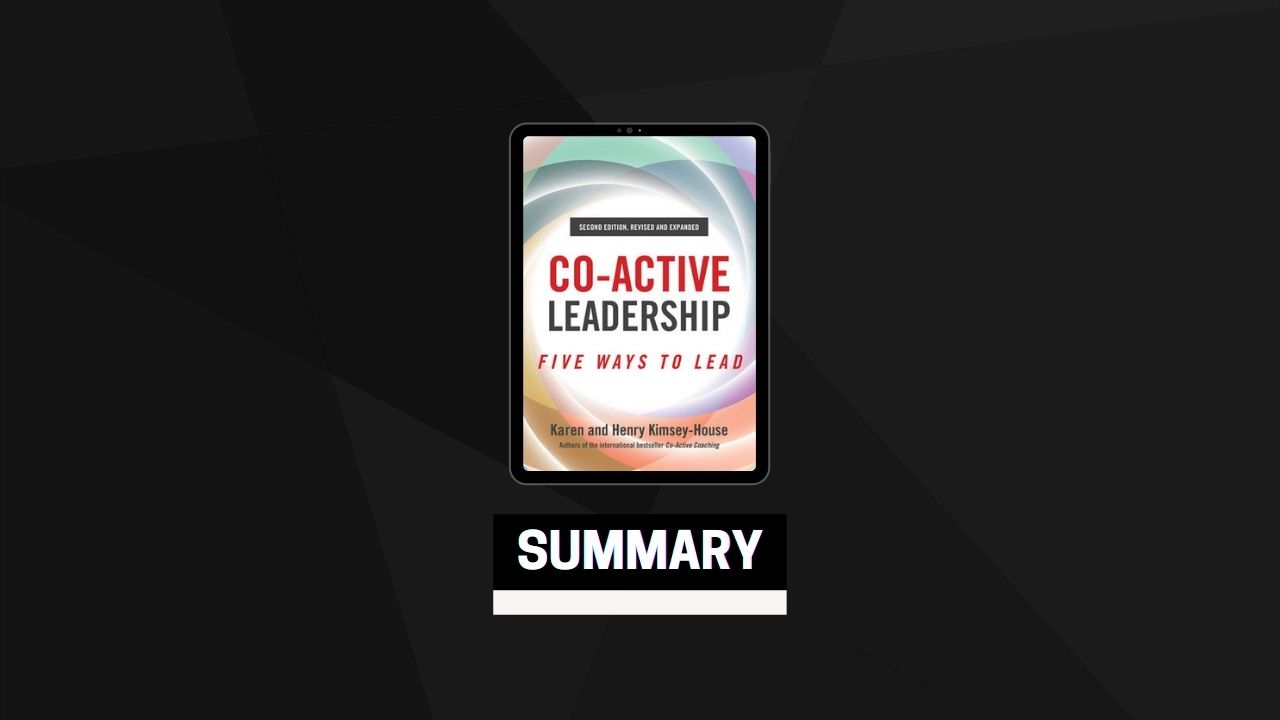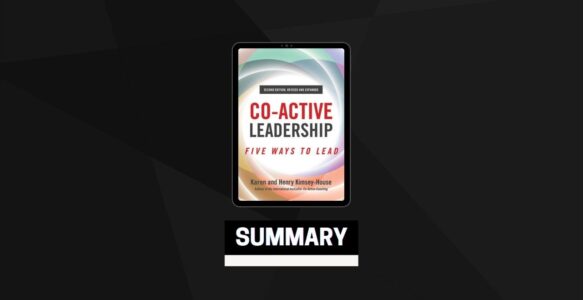A New Leadership Story
In this multidimensional model of leadership, everyone has within them the capacity to lead, and any organization or community is most dynamic, most alive, and most productive when there is a commitment to leadership at every level. We all share full responsibility for the experiences we generate, and our sense of personal power and fulfillment is directly commensurate with the level of ownership we are able to take for the life story we are experiencing and creating.
We don’t have a huge degree of agency over the opportunities, challenges, and disasters that come our way. It is also true that some of us have more opportunities than others. Many are subject to externally imposed systemic and structural limitations like racism and other forms of bigotry and prejudice. Still, even in the most disempowering and oppressive situations, we can choose how we view ourselves and the story we tell ourselves about who we are.
In this way, we have a kind of creative capacity that cannot be given to us and therefore cannot be taken away. Life is no longer just happening to us—we are cocreators of the story of our life, and we share in the challenge of shaping our experience to reflect our own values and purpose.
We Create Our World. Together. Every Day.
The Co-Active Way: Recovering to Wholeness
wholeness is the state of being unbroken or undamaged. Thus, through the lens of Co-Active Leadership, we see people and life as unbroken and undamaged—as whole, interrelated, and connected.
In the Co-Active approach, wholeness, while often forgotten, is actually quite natural and accessible to us all. Thus, the Co-Active Way is both a journey and a practice of recovering to this natural state of wholeness over and over again.
Four essential beliefs form the foundation of the Co-Active Way.
call these beliefs cornerstones because they are the pillars upon which both the journey and the practice of the Co-Active Way rest. Each cornerstone speaks to a different aspect of wholeness, reminding us of our better nature as human beings and orienting us toward a more positive and life-affirming way of interacting with our world.
Belief #1 People Are Naturally Creative, Resourceful, And Whole
people are, at their core, naturally creative, resourceful, and whole. They have within them all the resources and power that they need to meet the challenges of their life and are worthy of respect simply because they are human beings.
Sometimes this creative wholeness is inaccessible, buried deep beneath pain and all manner of disease and disfunction. It’s also important to separate this essence state from action. People do awful things to each other, and they must be held accountable for those actions. In orienting from this cornerstone, people are naturally creative, resourceful, and whole, quite separately from what they do.
If you believe that people are broken and in need of fixing, they will likely perform to your expectations. If you view people as generally creative and resourceful, it’s more likely that you will find those qualities in yourself and in others. As we create our world together, every day, it’s important to pay attention to where we are placing our attention. So often, people feel powerless and ineffective because they have been told that they are wrong and that they don’t have what it takes to lead effectively.
If we believe that people are naturally creative, resourceful, and whole, it’s much more likely that they will show up that way. If we respect the being of people (co) while at the same time enforcing accountability for action (active), wholeness and recovery become more available.
Belief #2 Dance In This Moment
Dance. The very word implies agility and flexibility. This cornerstone speaks to the ephemeral and ever-changing nature of our lives and calls us to engage with life fully in each moment, free from assumptions about what should happen next.
The past is gone and the future is yet to come. Our life is lived in the moment. While it’s true that we can learn from our past and it’s useful to plan for the future, that’s not really where life happens. We are most creative when we are able to dance with whatever arises in the moment rather than from a fixed and rigid plan.
This idea of dancing in this moment is much more than a whimsical, frivolous notion. Our world is changing rapidly. There are any number of recent events that were previously outside the realm of possibility, and any illusion that we know what the future will bring has been shattered. We are being called to surrender to the life that is unfolding around and within us and to participate fully as a cocreator by giving ourselves over to the dance of creation and evolution.
The more we are free to dance in this moment, the more we discover the opportunity for movement, learning, and flow. We are able to embrace uncertainty and change as we give ourselves over to the dance of creation and evolution.
Belief #3 Include The Whole Person
Human beings are not a collection of parts like a machine. It’s impossible to separate our body from our mind or our mind from our spirit or our emotions from any of these things. Including the whole person means that we stop trying to compartmentalize and suppress the aspects of being human that we would rather not deal with.
Emotions can be messy and frightening, but they are an important part of our human experience. Trying to suppress or deny them leads to all kinds of physical and psychological disfunction as our bodies struggle to express the emotions that we have pushed away.
Including the whole person is important in our relationships with others as well because it challenges us to see and include the whole person beyond the labels that we put on each other. We are not our labels or our roles, and we must learn to see each other first as a whole human being rather than objectifying the other person according to labels or to the past. It’s useful to remain curious about our own unconscious biases toward certain types of people and awake to the blind spots that are an inevitable result.
Practicing this cornerstone also challenges us in our relationships with our loved ones because it means that we must allow all of the other person, even and especially the parts that we do not like. We cannot be in any kind of close relationship with the parent, child, or significant other that we wish were there or believe should be there. We can only be in true, deep relationship with the full, complicated person who is actually in front of us. This cornerstone challenges us to give space to the full humanity of the people in our lives—to the aspects we cherish and also to the aspects that drive us crazy.
Belief #4 Evoke Transformation
Transformation and evolution are essential ingredients in life. If we look at the natural world around us, we see that all of life is consistently in a cycle of birth and death, of emergence and transformation. Transformation is occurring constantly. Bringing conscious choice to it provides fertile ground for personal development and learning.
So how do we evoke transformation in ourselves and each other? The verb evoke commonly means “to draw forth” or “to summon.” A few synonyms are excite, call forth, awaken. Some antonyms are stifle, silence, repress. So, while Evoke Transformation is the most directional of the four cornerstones, it is also spacious and inviting.
Evoking transformation doesn’t mean that we try to control or dominate the people in our lives so that they fit into who we would like them to become. Instead, it inspires us to hold the very best possible expansion for others, whatever that might be. When we Evoke Transformation, we have the courage to tell the truth without attachment. We can ask very direct and challenging questions cleanly without needing to be right.
The cornerstone of Evoke Transformation reminds us that we are here in service of evolution, our own and others’, and implies that we are all on a journey together toward a larger consciousness. It is an invitation to participate ever more fully in the unfolding mystery of life and to contribute however we might to the evolving journey of humanity.


